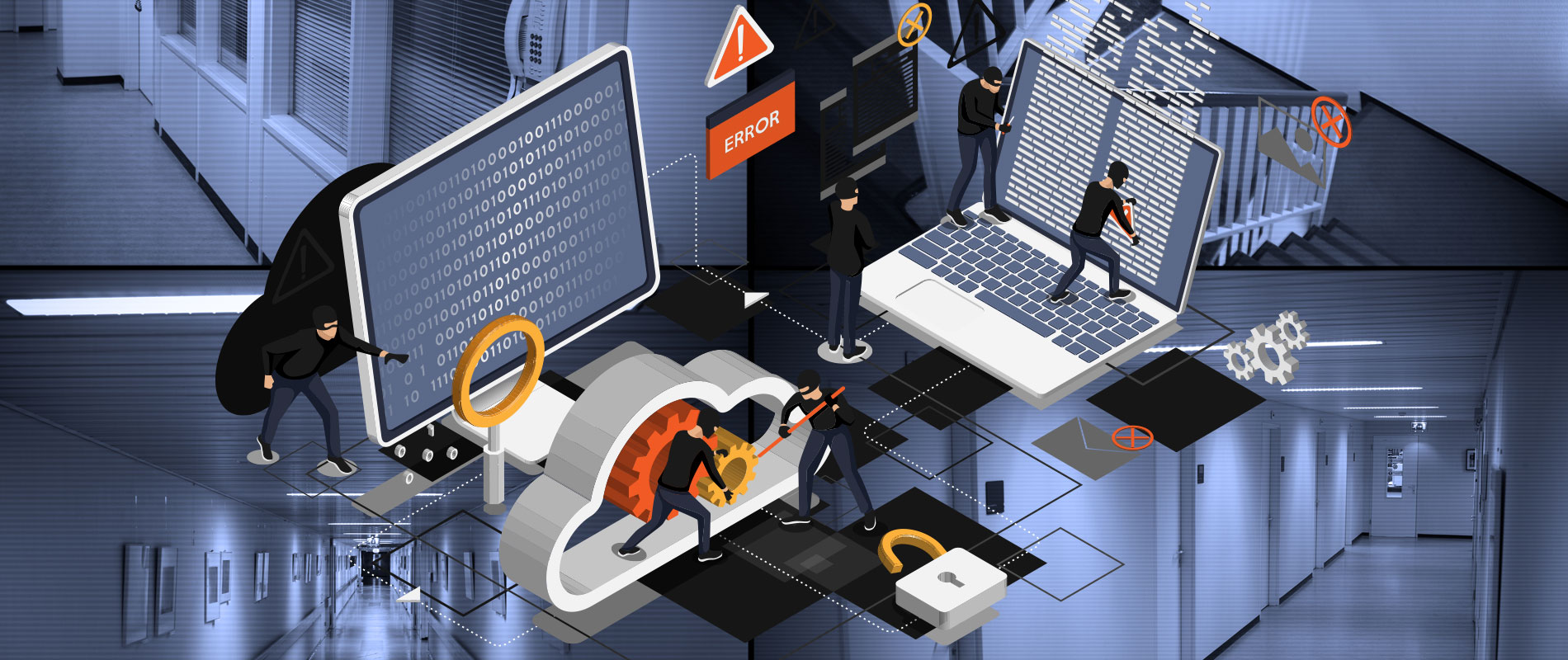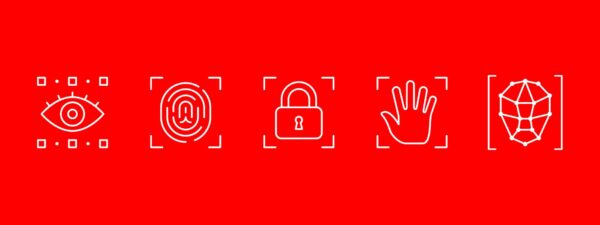The ever-growing collection of IoT devices in enterprises are creating problems in the physical security space, thanks to the lack of security best practices and IT considerations.
As much as these devices offer convenience and faster implementation, many use the devices without thinking of the security risks they posed. For example, many IoT devices come with default passwords and if these are not changed, it doesn’t take long for malicious actors to gain access.
Some devices also lack the robust security management needed, making it easy for hackers to inject malware and move laterally across the network. Hackers can enable IoT devices to communicate with other systems. Being secretly inside the network you want to attack is ideal for a bad actor. These attackers can leverage the device as a jump box and wait undetected because no one is properly managing it.
IoT is not just a cybersecurity issue. The likelihood of a successful attack increases if a hacker is able to physically access the devices. Attackers can leverage exposed communication ports to gain root access and control over a device, which can be catastrophic for a business.
Modern physical security is unavoidably tied to cybersecurity. Many of these systems rely on smart locks, surveillance cameras, and access control pads. Businesses only increase their risks without a properly updated cybersecurity framework to support these changes.
Threats from insiders
The concept of insider threat for cybersecurity is equally applicable to physical security. One of the best practices for cybersecurity is restricting access privileges for employees to minimize possible breaches. Team members must only be given access to the data or systems required to perform their roles. As such, employee access to overall company data must be removed as soon as a staff member leaves the company.
As it relates to physical security, employees should only be able to access the buildings, rooms, and physical devices that their role actually requires. Whether ill-intentioned or negligent, employees have the capability to cause serious problems for a business if not given the correct training around cyber and physical security.
Security policies and training can help to clearly educate staff on the rules and regulations of a business, taking into account the specific security measures implemented in the workplace. For example, employees must be instructed on what to do should they find a USB on the floor, or why locking their screens is important. Company owners may also instruct employees to be vigilant about preventing unwanted intruders on the premises
Of course, insider attacks can also be due to a disgruntled employee looking to cause issues, which is why it is important to stay on top of access control and keep your IT team informed of any employment terminations, demotion or suspensions, as these all have potential to lead to vengeful actions taken against the company.
In summary
Physical security is no longer a simple case of lock and key. Because of the integration of IoT into security systems, cyber security and physical security are no longer mutually exclusive. Instead, they must work together to best secure an organization’s data and systems.
With an increasing network of connections and assets, the likelihood for attacks is continuing to grow. Businesses must also look internally and implement cyber security measures in conjunction with this, to best protect the business.




